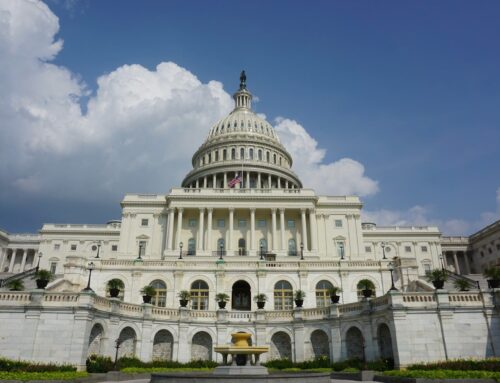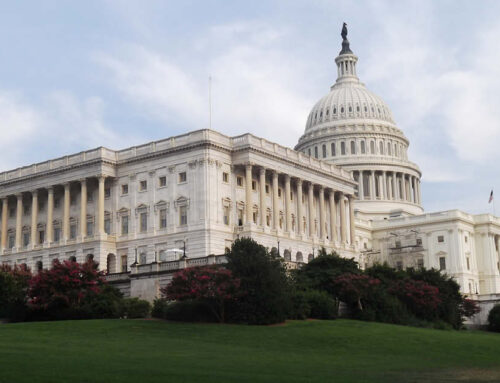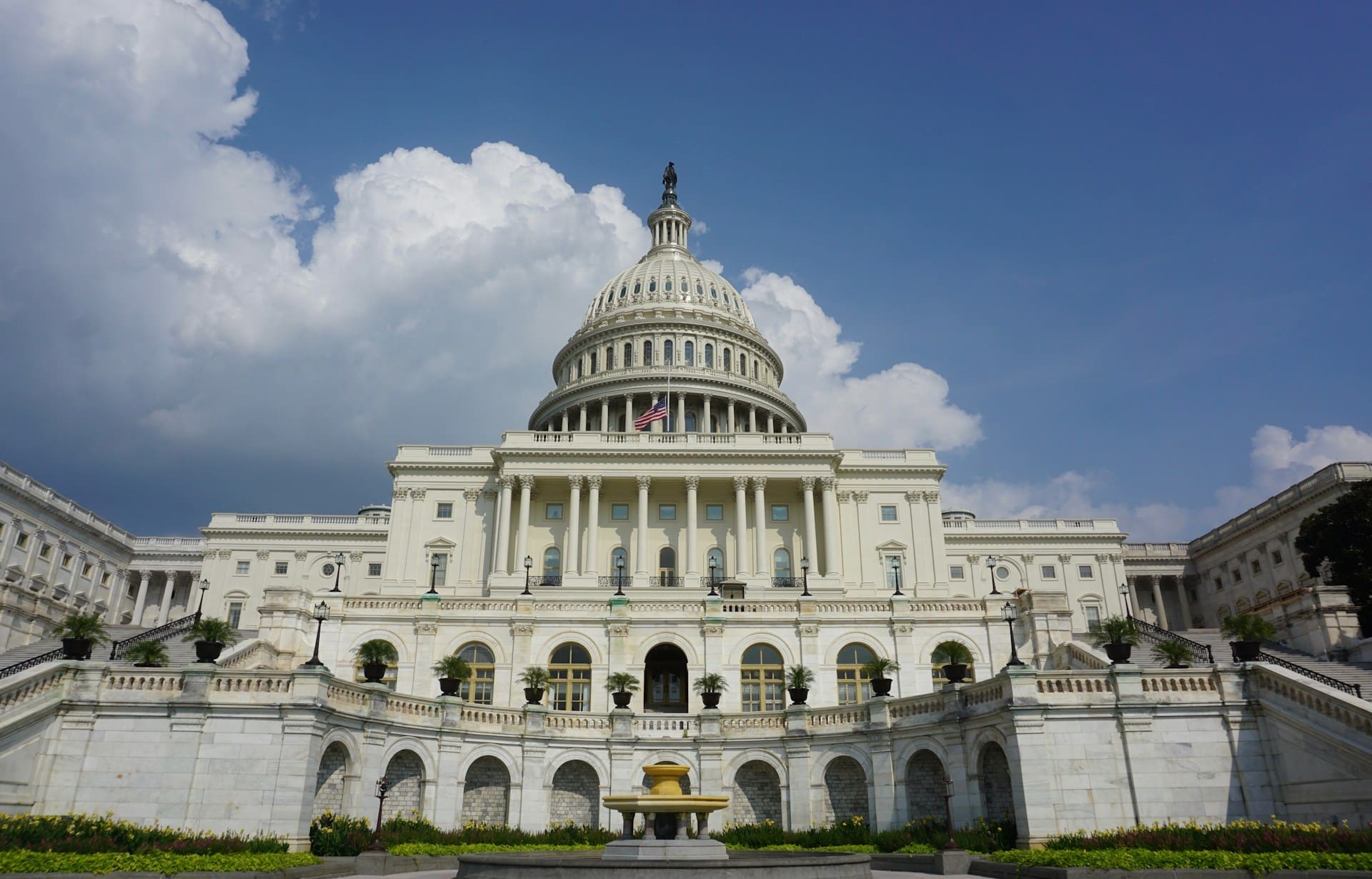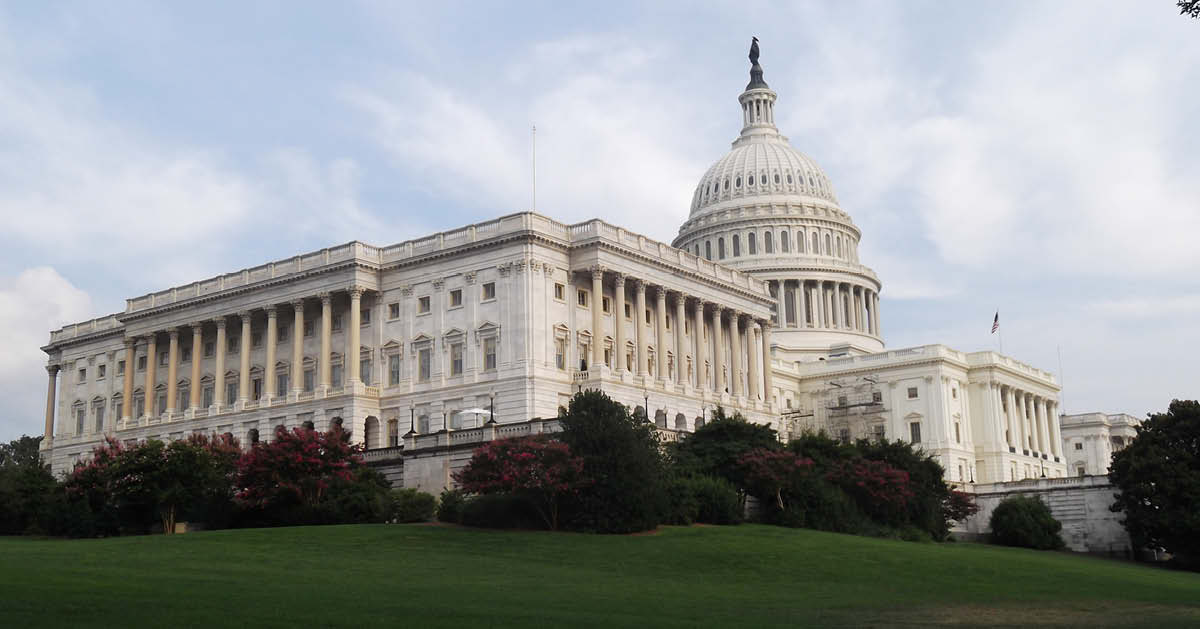As Hurricane Debby reminded us this week, disasters and severe weather events are on the rise, causing great destruction and hitting us all in the pocketbook. So, we are all for incentives that help rachet down these costs. But taxpayers must make sure our money is being put to good work.
In 2022, Congress enacted a sweeping suite of energy tax credits intended to help reduce emissions and lessen the impacts of climate change. Two of the most significant new credits are the Clean Electricity Production Tax Credit (PTC) and the Clean Electricity Investment Tax credit (ITC). Known as 45Y and 48E for their location in the tax code, both are technology-neutral tax credits for power plants with a greenhouse gas (GHG) emissions rate of no greater than zero.
These “clean energy tax credits” are intended to incentivize the production of and investment in zero-emission electricity—one of the most effective measures to combat climate change. They carry a whopping price tag—$11.2 billion and $50.9 billion (over ten years), respectively—but if implemented effectively, these credits have the potential to make meaningful emissions reduction and save taxpayers from long-term climate liabilities.
This summer the Internal Revenue Service (IRS) requested comments on a proposed rule to implement the tax credits. Specifically, they asked how “zero-emissions” should be evaluated. Allowing wind and solar facilities to qualify for the credit may be intuitive, but what about natural gas plants that capture their emissions? Using flawed greenhouse gas emissions assumptions, certain polluting energy sources could potentially qualify for 45Y or 48E if the IRS does not pursue a strong rule.
Imagine powering your home by burning trees. Sure, it may be “renewable” but burning biomass cannot be assumed to be “carbon neutral” simply because a tree might grow back and sequester the carbon again someday in the future. Subsidizing the use of forest products and biomass is nothing new, and research has found that subsidies for burning wood pellets for electricity actually increase carbon emissions, negatively impact air quality, and create other costly long-term liabilities. Another example is biogas from livestock manure that comes from factory farms. Capturing the methane that livestock manure produces is certainly better than venting (releasing) and flaring (burning off). But treating it as generating negative emissions would lead to perverse incentives to increase the scale of animal farming, which also has significant emissions footprints and significant (and costly) impacts to water quality.
And there are other areas that may be of concern for taxpayers like “stacking” tax credits. Although Congress generally disallows stacking energy tax credits, in some cases a single facility could claim multiple tax credits for the same activity. In fact, if a facility uses clean electricity to produce hydrogen, and that hydrogen is stored and later used to produce electricity, the final production of electricity could receive three tax credits: the 45Y or 48E credit twice and an additional one, 45V, that is specific to electricity generated from “clean” hydrogen. But generating hydrogen from electricity and using that hydrogen to generate electricity is extremely inefficient, provides no real climate benefit, and makes zero economic sense absent of these lucrative tax incentives. This scheme actually could increase emissions if the clean electricity diverted to hydrogen production, instead of meeting existing consumer needs, is replaced with energy derived from other sources that don’t have zero-emissions. Well-intentioned but poorly implemented tax incentives risk turning a tool for combating climate change into a self-licking (melting) ice cream cone.
Another issue that can make clean energy tax credits ineffective is using the book and claim (B&C) system. The B&C system is a process where one party makes an emissions reduction and sells the credit value of that reduction to another entity. The potential pitfalls are numerous. If a source, say biogas from livestock production, is calculated as producing negative emissions (even though it’s not), it can “book” those calculated reductions. Then another entity, a natural gas production plant or other manufacturer, can “claim” those reductions by purchasing them instead of physically engaging in GHG reduction practices or using low-to-no GHG raw materials or feedstocks their facilities. Additionally, there’s no universally accepted, reliable tracking system for B&C yet, making it even more vulnerable to abuse.
Clean energy tax credits that work can be one of our most important tools towards meeting our climate goals. The devil is always in the details. If implemented without clear rules and oversight, these tax credits might be subject to fraud and abuse, or flow towards polluting energy sources that exacerbate long-term climate and fiscal liabilities while costing taxpayers tens of billions in lost revenue. That’s a lose-lose for the country that must be avoided.









Get Social